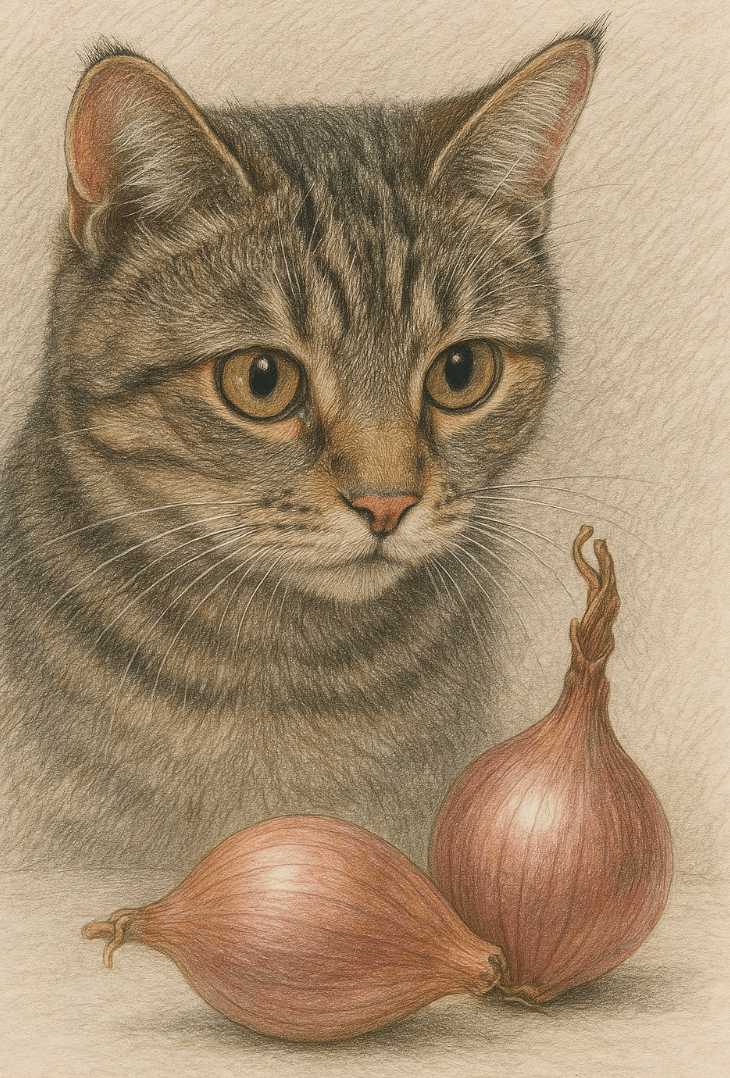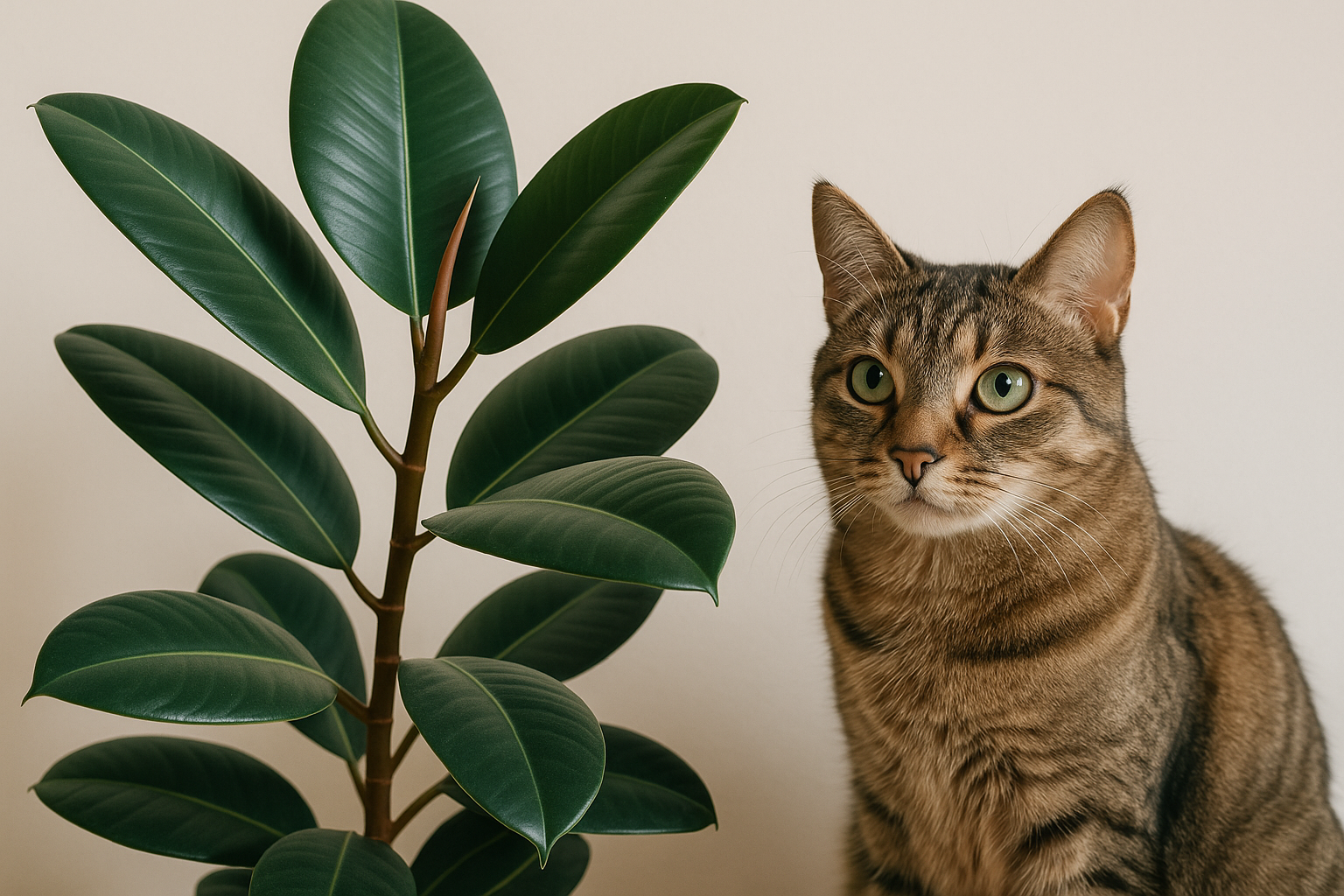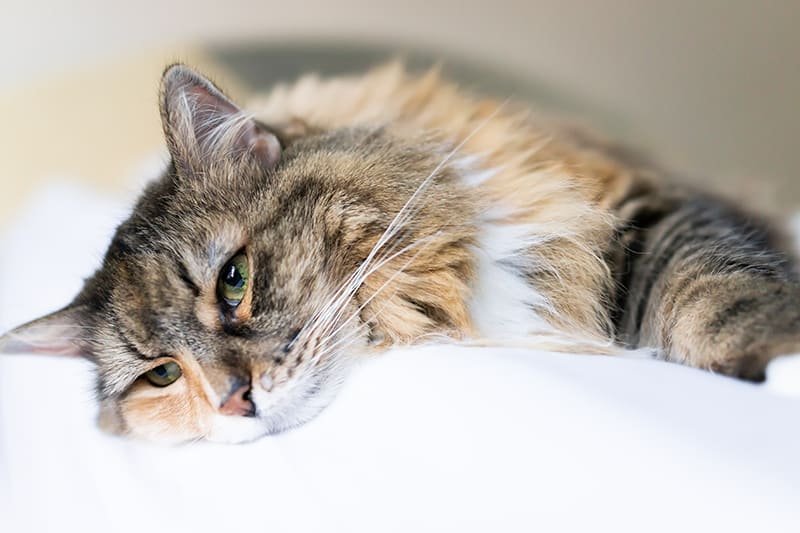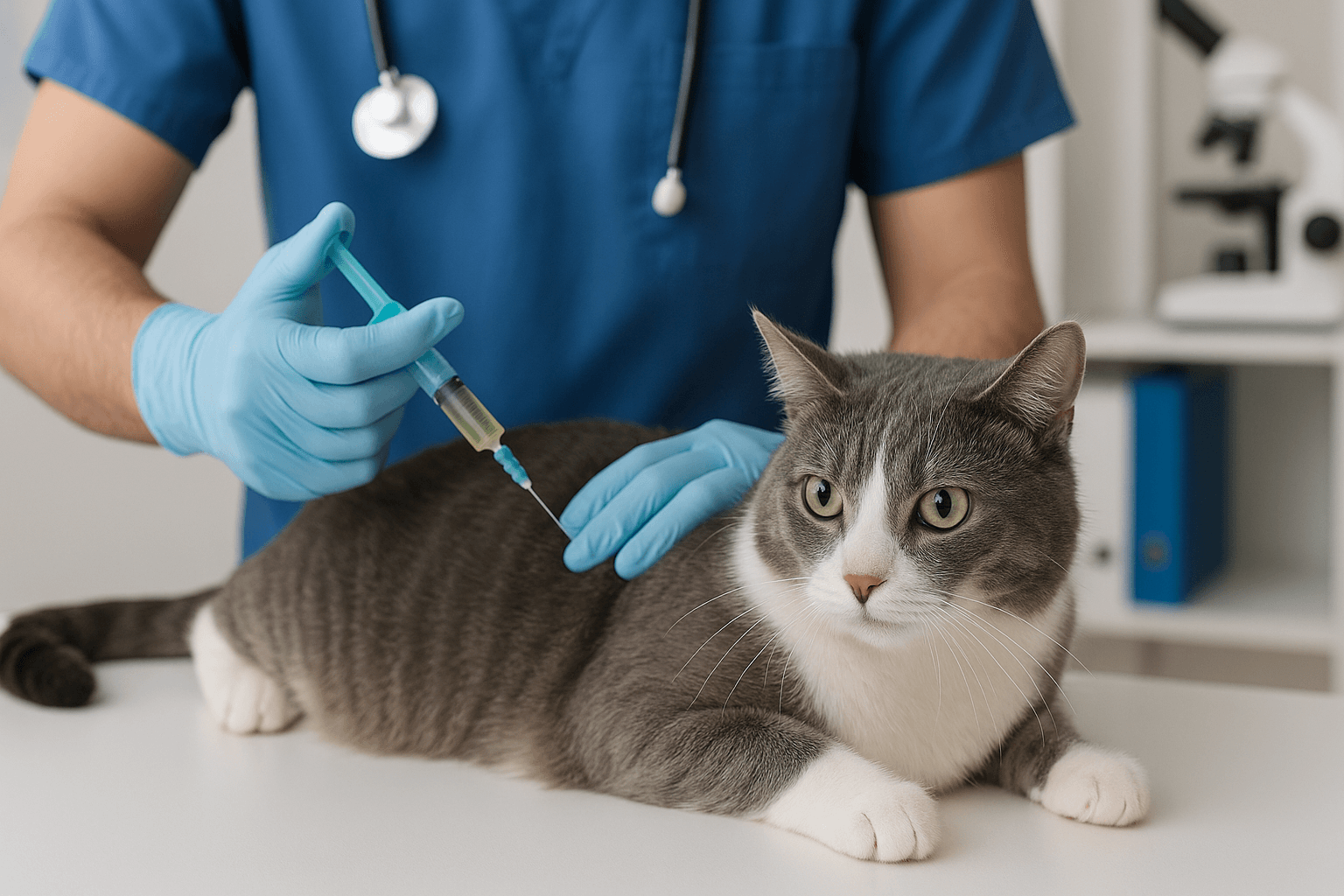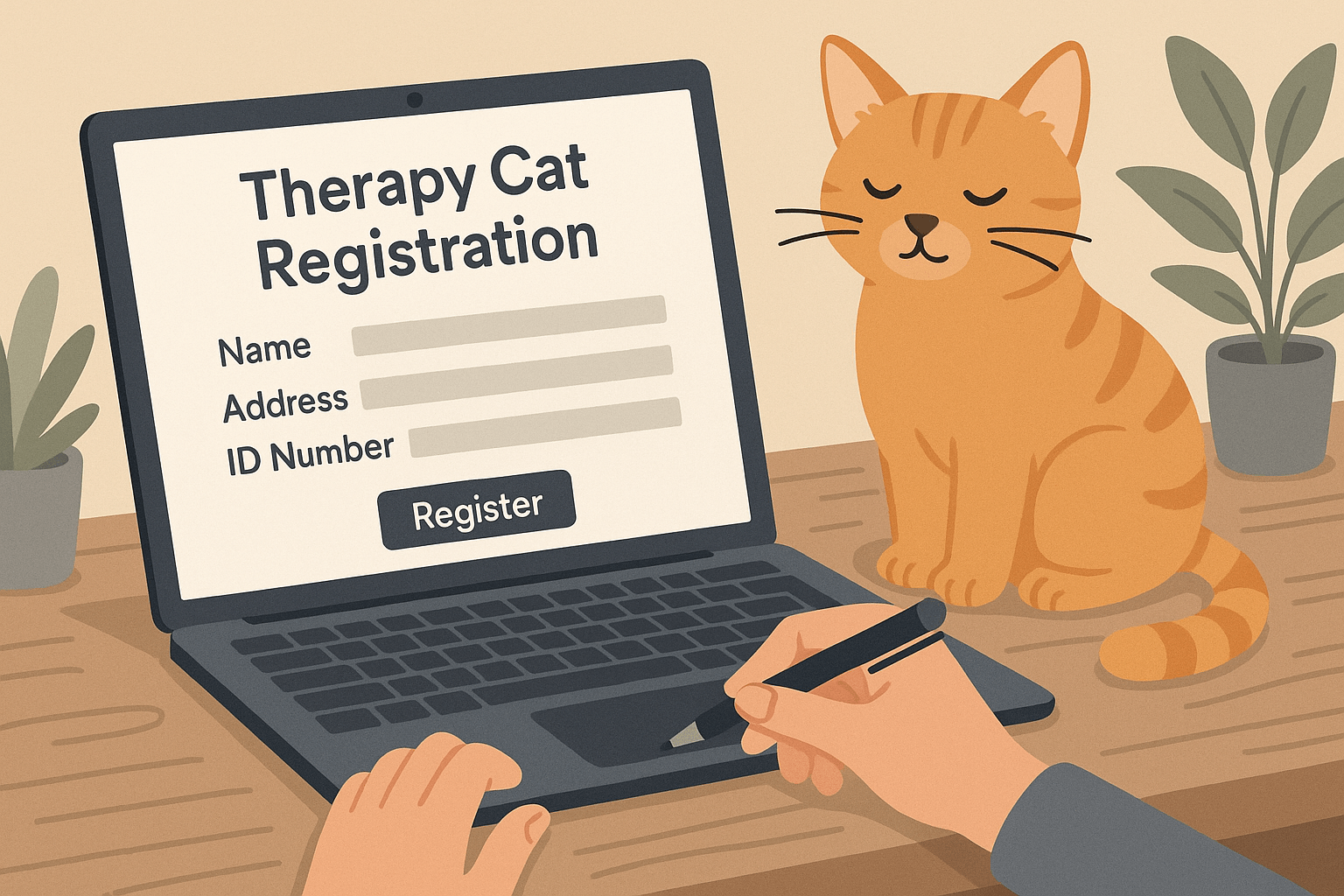Can Cats Eat Shallots? What You Need to Know
When it comes to feeding our feline friends, we often wonder which human foods are safe for them to consume. Shallots, a popular ingredient in many kitchens, might seem harmless, but the truth is that they can pose serious risks to cats. As obligate carnivores, cats have unique dietary needs and are highly sensitive to certain foods. In this blog post, we’ll explore whether cats can eat shallots, why they’re potentially dangerous, and what alternatives you can offer your pet. By understanding these facts, you can ensure your cat stays healthy and happy while avoiding harmful foods.
Why Shallots Are Dangerous for Cats
Shallots, like onions and garlic, belong to the allium family and contain compounds that are toxic to cats. These compounds can cause a range of health issues, making it crucial to keep shallots out of your cat’s reach. Here’s why shallots are unsafe for your furry friend.
Hemolytic Anemia:
Shallots can damage a cat’s red blood cells, leading to hemolytic anemia, a condition where the body cannot deliver enough oxygen to tissues.Gastrointestinal Upset:
Ingesting even small amounts of shallots can cause vomiting, diarrhea, and abdominal pain in cats.Oxidative Damage:
The sulfur compounds in shallots create oxidative stress, harming the cat’s red blood cells and impairing their function.Cumulative Toxicity:
Even small, repeated exposures to shallots can build up over time, causing long-term damage to your cat’s health.Difficulty in Diagnosis:
Symptoms of shallot toxicity may not appear immediately, delaying treatment and worsening the condition.
These dangers highlight why shallots should never be fed to cats, whether raw, cooked, or in processed forms.
Signs Your Cat May Have Eaten Shallots
If you suspect your cat has consumed shallots, it’s important to recognize the symptoms of toxicity early. Quick action can prevent severe complications and ensure your cat receives proper care.
Lethargy and Weakness:
A cat suffering from shallot poisoning may appear unusually tired or weak due to reduced oxygen delivery.Pale Gums:
Pale or yellowish gums are a sign of anemia, indicating potential damage to red blood cells.Vomiting and Diarrhea:
These gastrointestinal symptoms are often the first signs of shallot ingestion and should not be ignored.Rapid Breathing:
Difficulty breathing or increased respiratory rate can occur as the body struggles to compensate for oxygen deficiency.Dark Urine:
Hemoglobinuria, or dark-colored urine, is a sign that damaged red blood cells are being broken down and excreted.
If you notice any of these symptoms, contact your veterinarian immediately to address the issue promptly.
Check this guide 👉Can Cats Eat Pomelo? Best 7 Expert Tips!
Check this guide 👉Can Cats Eat Valerian Root? Best 7 Expert Tips!
Check this guide 👉Can Cats Eat Peonies? Best 7 Expert Tips!
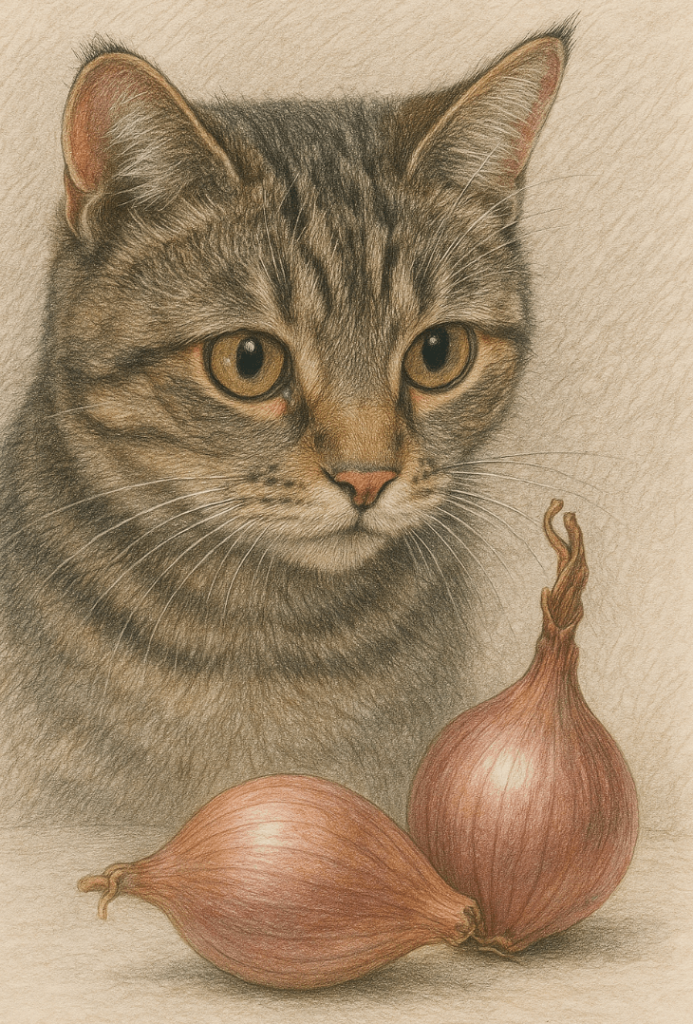
Foods Safe for Cats | Foods Toxic to Cats |
|---|---|
Cooked chicken (plain, boneless) | Shallots, onions, garlic |
Plain pumpkin puree | Grapes and raisins |
Blueberries | Chocolate |
Plain yogurt | Alcohol |
Watermelon (seedless) | Raw dough or yeast |
How to Prevent Shallot Exposure in Cats
Preventing access to shallots and other harmful foods is key to keeping your cat safe. Here are some practical tips to minimize the risk of accidental ingestion.
Store Shallots Securely:
Keep shallots and other allium-family foods in sealed containers or high shelves where your cat cannot reach them.Avoid Sharing Human Food:
Refrain from feeding your cat table scraps, as many dishes contain ingredients like shallots or garlic that are toxic to them.Monitor Cooking Areas:
Cats are curious by nature; ensure they don’t sneak into the kitchen while you’re preparing meals with shallots.Check Processed Foods:
Some processed pet foods or treats may contain onion or garlic powder—always read labels carefully before offering them to your cat.Teach Family Members:
Educate everyone in your household about the dangers of feeding shallots or similar foods to your cat.
By taking these precautions, you can protect your cat from accidental exposure to harmful substances.
What to Do If Your Cat Eats Shallots
If your cat accidentally consumes shallots, acting quickly can make all the difference in ensuring their safety. Follow these steps to address the situation effectively.
Assess the Situation:
Determine how much shallot your cat ate and whether it was raw, cooked, or part of a dish. This information will help your vet assess the risk.Contact Your Veterinarian:
Call your vet immediately for advice, even if your cat appears fine. Early intervention is critical to preventing complications.Do Not Induce Vomiting Without Guidance:
Attempting to induce vomiting at home can be dangerous unless specifically instructed by a professional.Provide Details to the Vet:
Share details about your cat’s weight, age, and the amount of shallot ingested to help the vet decide on the best course of action.Monitor Your Cat Closely:
Watch for any changes in behavior or symptoms, and report them to your vet promptly.
Quick and informed action can save your cat from serious health issues caused by shallot toxicity.
Common Mistakes to Avoid When Feeding Cats
Feeding cats requires careful consideration to avoid mistakes that could jeopardize their health. Here are some pitfalls to steer clear of when managing your cat’s diet.
Assuming Human Food Is Safe:
Many foods we enjoy, like shallots, chocolate, or dairy, are toxic to cats and should never be shared.Overlooking Processed Ingredients:
Processed pet foods or treats may contain hidden toxins like onion powder—always check labels thoroughly.Feeding Too Many Treats:
Overindulging your cat with treats can lead to obesity and nutritional imbalances.Ignoring Portion Control:
Overfeeding, even with safe foods, can strain your cat’s digestive system and lead to health issues.Neglecting Hydration:
Cats often don’t drink enough water, so ensure they stay hydrated with wet food or fresh water sources.
Avoiding these mistakes ensures your cat’s diet remains balanced and safe.
Safe Alternatives to Shallots for Cats
If you’re looking to add variety to your cat’s diet, there are plenty of safe and nutritious alternatives to consider.
Cooked Chicken or Turkey:
Plain, unseasoned poultry is an excellent source of protein for cats.Pumpkin Puree:
Rich in fiber, plain pumpkin puree can aid digestion and support gut health.Blueberries:
These antioxidant-rich fruits make a tasty and healthy occasional treat.Plain Yogurt:
Small amounts of plain yogurt can promote gut health, but only if your cat tolerates lactose.Watermelon (Seedless):
Seedless watermelon provides hydration and a refreshing snack for your cat.
These alternatives allow you to enrich your cat’s diet without compromising their safety.
Understanding Your Cat’s Dietary Needs
Cats are obligate carnivores, meaning their bodies require specific nutrients found primarily in animal-based proteins. Understanding their dietary needs helps you provide optimal nutrition.
High Protein Requirement:
Cats need diets rich in animal protein to support muscle development and overall health.Essential Amino Acids:
Taurine, an amino acid found in meat, is crucial for heart and eye health and must be included in their diet.Limited Carbohydrate Tolerance:
Unlike humans, cats have limited ability to process carbohydrates, so grains and sugars should be minimized.Hydration Through Food:
Wet food is ideal for cats, as it mimics their natural prey diet and helps maintain hydration.Avoid Plant-Based Proteins:
While plant-based proteins are fine for humans, cats lack the enzymes needed to efficiently digest them.
By catering to your cat’s unique dietary requirements, you can ensure they thrive and remain healthy throughout their life.
Frequently Asked Questions About Cats and Shallots
Can cats eat small amounts of shallots?
No, even small amounts of shallots can harm a cat’s red blood cells and lead to toxicity.
Are cooked shallots safer than raw ones?
No, cooking does not reduce the toxic compounds in shallots—they remain harmful to cats.
What should I do if my cat eats a dish containing shallots?
Contact your veterinarian immediately, even if your cat seems fine, as symptoms may take time to appear.
Are other allium vegetables, like garlic, also toxic?
Yes, garlic, onions, chives, and leeks are all toxic to cats and should be avoided.
Can cats recover from shallot poisoning?
With prompt veterinary treatment, most cats can recover, but untreated cases can lead to severe complications.
Keeping Your Cat Safe from Harmful Foods
While shallots may add flavor to our meals, they are far from safe for our feline companions. Understanding the risks associated with shallots and other toxic foods empowers you to make better dietary choices for your cat. Always prioritize their health by providing species-appropriate nutrition and seeking professional advice when in doubt. By staying vigilant and informed, you can ensure your cat enjoys a long, healthy, and happy life free from the dangers of harmful foods like shallots.
Is the Rubber Tree Cat Safe? Best 7 Expert Tips! Discover expert advice on keeping rubber plants safely in cat-friendly homes and learn top tips for pet-safe plant care.
Low Red Blood Cell Count in Cats: Best 7 Expert Tips! Discover causes, symptoms, and treatment options for feline anemia. Learn how to support your cat’s health effectively with expert advice.
Understanding Megacolon Treatment: Best 7 Expert Tips! Discover effective strategies to manage feline megacolon, from dietary changes to surgical options, ensuring your cat’s comfort and long-term health.
How to Register a Therapy Cat: Best 7 Expert Tips! Discover essential steps to certify your cat as a therapy animal, prepare them for training, and make a meaningful impact in therapeutic settings.

